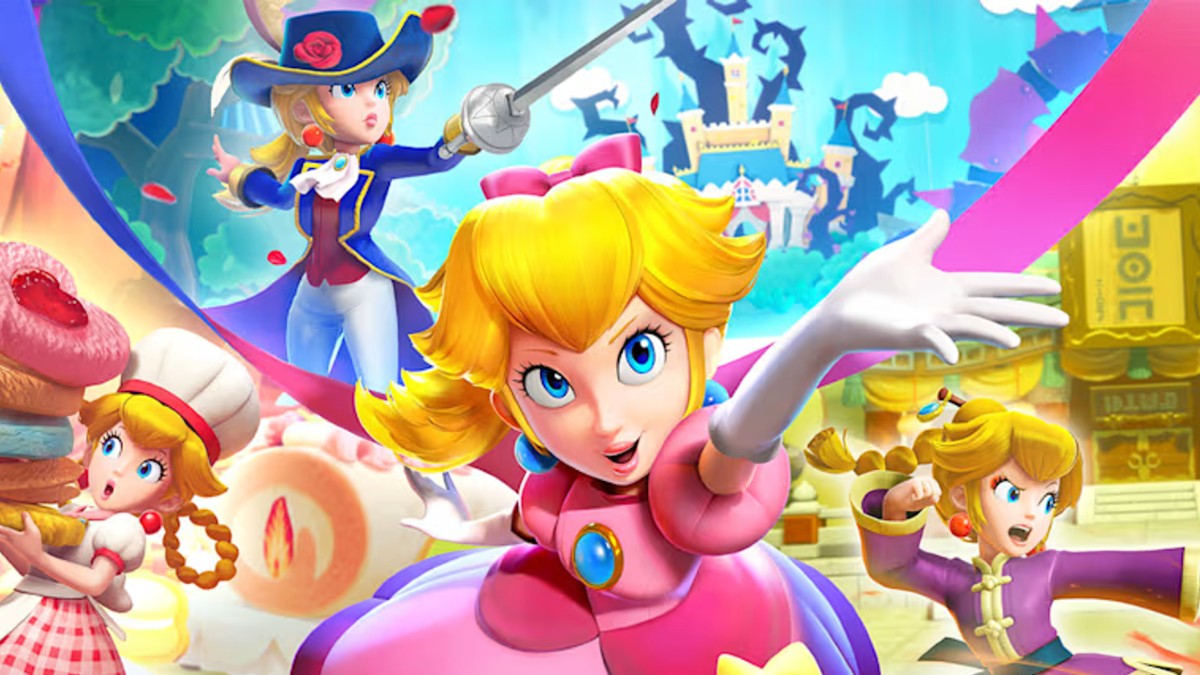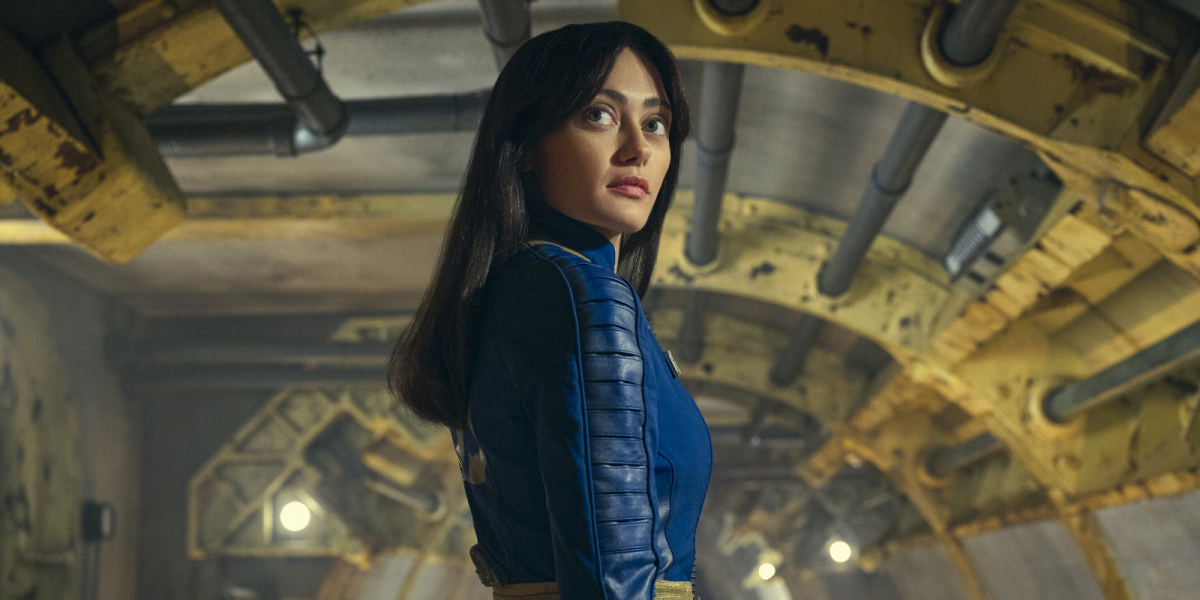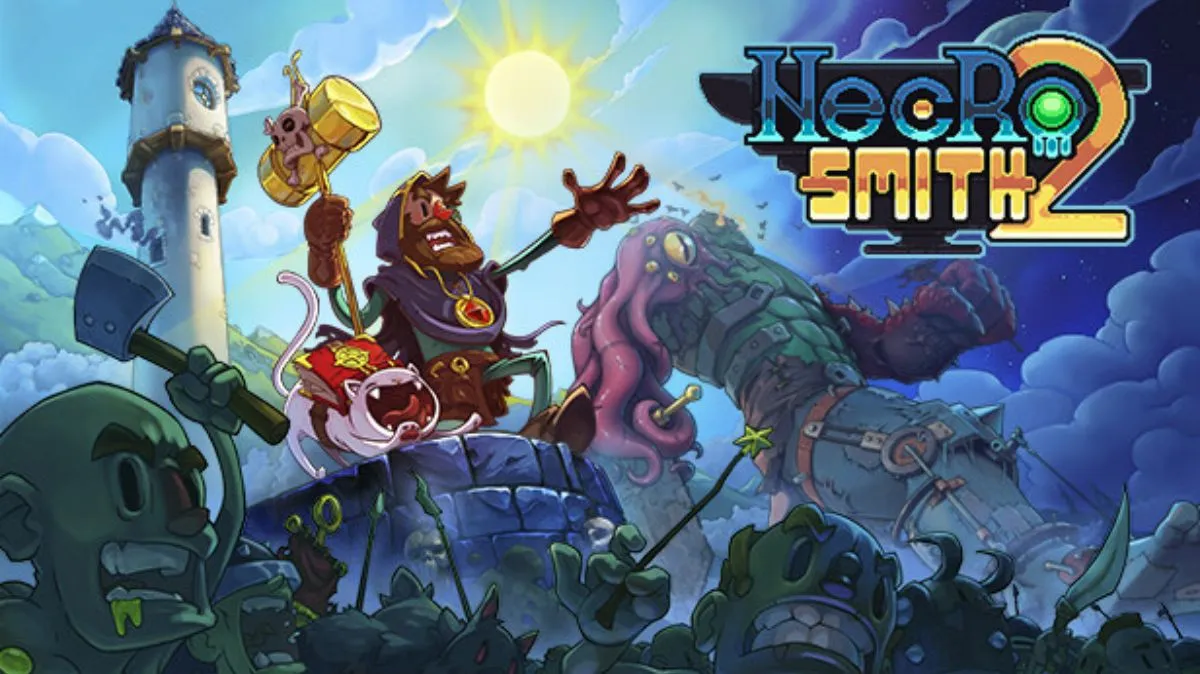2009 is the year of the 2D fighter’s triumphant return. Not only are revered classics like Marvel vs. Capcom 2 and Garou: Mark of the Wolves being re-released on current-gen consoles, but we’ve seen the return of Street Fighter – and now, Arc System Works’ spiritual successor to its Guilty Gear series, BlazBlue: Calamity Trigger.
BlazBlue, like Guilty Gear, takes the essence of the 2D fighter and cranks everything way past 11. While most fighting games tend to be set in (something resembling) the world we live in today, BlazBlue sets you down in a post-apocalyptic future: A magical substance called seithr renders most of the Earth’s surface uninhabitable, large cities are built on mountaintops to live above the clouds, and travel is limited to airships.
A number of powerful fighters – bounty hunters, vigilantes, revenge-seekers, and agents of mysterious organizations – gather in one such city and proceed to beat the hell out of each other. What, you were expecting Shakespeare?
Yes, the plot is silly, convoluted, and nigh-impossible to unravel, but it serves its purpose. The fantastic magical-steampunk-technology setting of BlazBlue lets the art team run wild with their character designs, resulting in an imaginative cast of characters the likes of which we haven’t seen since, well, Guilty Gear. There are no character clones anywhere in BlazBlue; each member of the cast is well defined both in terms of looks and gameplay.
BlazBlue, on some level, is all about being as stylish as you possibly can be. The high-definition sprites are gorgeous and well-detailed, the special and super moves have flashy, eye-catching effects, and there’s even an entire class of moves that have no purpose other than to be completely showy: Astral Finishes will instantly kill your opponent, but you have to be in the last round of a fight, they need to be below 25% of their life, and you need to have a full super meter – something that won’t happen unless you’re trying for it. They’re completely impractical to use in a serious fight, but when you pull them off, they’re pretty damn impressive.
It’s impossible to mention BlazBlue‘s sense of style without mentioning its soundtrack -furious hard rock underscores the intensity of every match. Every theme fits its respective character – glacially mighty Iron Tager has a heavy, pounding, bass-driven track, while justice-seeking ninja Bang Shishigami fights accompanied by a heroically wailing guitar.
Perhaps the most impressive thing about BlazBlue, though, is that it manages to be so stylish while sacrificing none of its substance. It’s easy to imagine how this would be the case: The game’s twelve-strong roster feels pathetically small compared to, say, the twenty-five challengers in Street Fighter IV, and there only four input options – weak, medium, and strong attacks, and a special Drive maneuver – compared to SF4‘s six (punches and kicks).
Yet these perceived weaknesses actually help the game find its identity. Sure, there might only be twelve characters, but they all play distinctly differently from one another – so much so that it’s actually kind of surprising. There aren’t any Ryu-and-Ken clones in BlazBlue, which is actually somewhat refreshing. Keeping the cast small enabled the developers to make the cast deep and varied – a classic example of quality over quantity.
Indeed, the lack of traditional fireball/dragonpunch/hurricane kick characters – and the staggering depth of the rest of the cast – might initially make non-fighting-game-fans wary of picking up BlazBlue. The game actually manages to be surprisingly accessible thanks to the Drives. Hitting the Drive button will use an attack that involves every character’s specific unique mechanic, and it’s a way to let newbie button mashers feel like they’re doing something cool without having to remember complicated button and direction combinations.
The Drives are easy enough to make inexperienced players feel like they’re kicking ass, but possess enough depth to satisfy the hardcore. A new Taokaka player might use her Drive to leap at an opponent and claw their eyes out; a new Iron Tager will use his to blast the opponent with magnetic force. An experienced Taokaka will cancel her leap to mix it up with the enemy or continue a combo, and an experienced Iron Tager will take advantage of the magnetized enemy to draw them close for devastating close-range damage.
There’s so much potential depth in the BlazBlue cast that it’s almost overwhelming, and that’s before you even get to (relatively) advanced techniques like the defensive Burst, counterattacks, and the Rapid Cancel – which, like Guilty Gear‘s Roman Cancel, allows you to combo any move into any other move at the expense of your super meter. The Limited Edition comes with a supplementary DVD with tournament-level players describing strategies for high-level play, and it can honestly be tough to just wrap your mind around the concepts at first.
If one were really looking for criticisms – the Story mode is boring and quickly devolves into “read block of text, fight enemy. Read block of text, fight enemy,” and when the story is so confusing and convoluted, it’s really not all that entertaining. Also, labeling the buttons A B C and D results in confusion when trying to explain to a friend how to play it on the Xbox 360: “X is A, Y is B, B is C, and A is D.”
But really, other than some annoying English voice work, that’s about it. BlazBlue is slick and stylish, with a surprising amount of depth under the hood. It has one hell of a rockin’ soundtrack, gorgeous 2D graphics, an outlandish and imaginative cast of characters in a unique and colorful setting. What’s not to love?
Bottom Line: BlazBlue is a faster, slicker, and more stylish breed of fighter, and gives Street Fighter IV a run for its money. It eases new players in with a friendly combo system and a one-button Drive attack, but has tons of depth beneath the surface that will satisfy hardcore fighter fans. The originality of the character designs get you into the game, the originality of their gameplay mechanics keeps you hooked. A treat to watch and to listen to, and more of a treat to play.
Recommendation: Did you like Guilty Gear? Do you like 2D fighters? Do you like fighting games at all? Do you even just like anime? At the very least, give BlazBlue a rental. It’s worth it.
Score: [rating=4]
John Funk thinks that BlazBlue proves that anything with the word “Nu” in it is awesome.
This review was based off of the Xbox 360 version of the game. BlazBlue is available on both the Xbox 360 and PS3.



